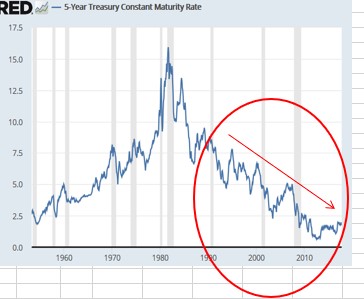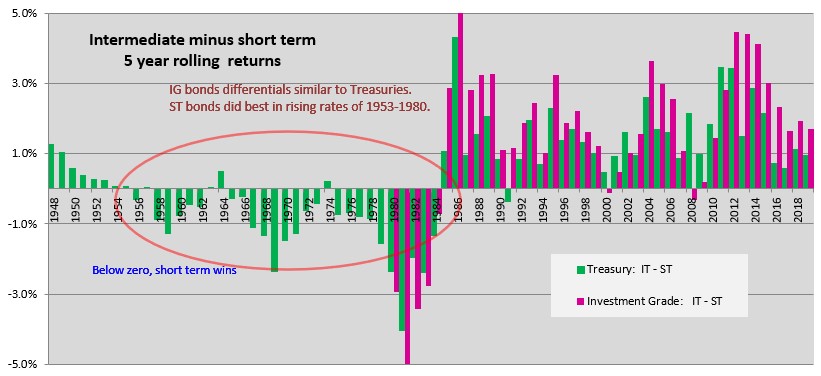I can see where anyone living on dividends/interest only would be concerned about maximizing fixed income yield. I go for total return, depending mostly on stocks for growth. so getting the last drop of yield doesn't seem like a big priorty.
For me it's pretty much ballast. I use FXNAX U.S. Bond Index Fund as my only fixed income, mostly Treasuries. Over the long term I expect it will outperform cash. I'm not concerned about short-term performance as long as it's not stock-like.
I like that I can withdraw from the bond side of the portfolio when the market is down. I like that I can rebalance and even over-balance into equities during a bear market. And it has given me some flexibility to park expense money in retirement account bonds while waiting for the new year before I incur capital gains taxes by selling in the taxable account.
For me it's pretty much ballast. I use FXNAX U.S. Bond Index Fund as my only fixed income, mostly Treasuries. Over the long term I expect it will outperform cash. I'm not concerned about short-term performance as long as it's not stock-like.
I like that I can withdraw from the bond side of the portfolio when the market is down. I like that I can rebalance and even over-balance into equities during a bear market. And it has given me some flexibility to park expense money in retirement account bonds while waiting for the new year before I incur capital gains taxes by selling in the taxable account.


